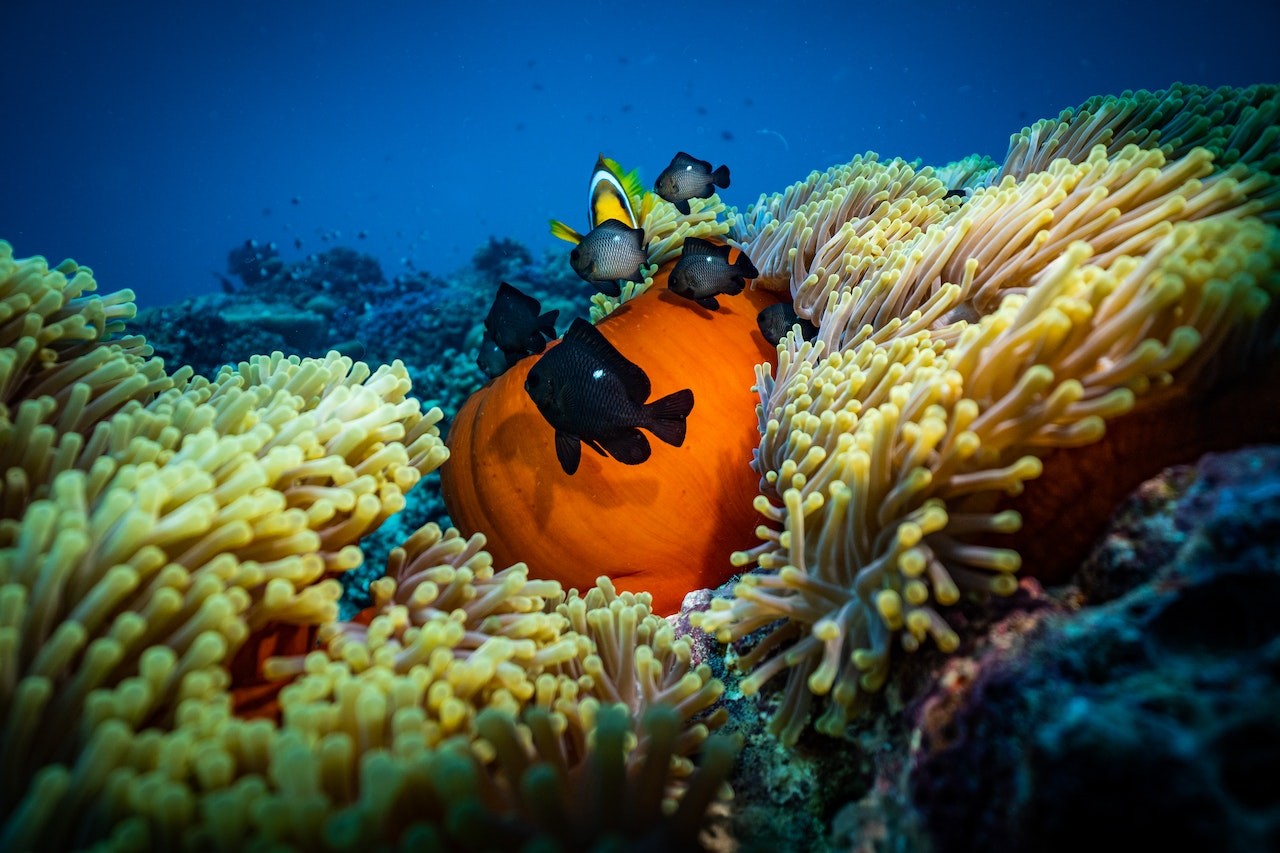What is Biodiversity Loss? – Major Causes, Effects and Solutions
Our Global Ecosystem, the biodiversity and the habitats they live in, is facing a rapid loss of life(biodiversity loss), mainly because of human activity. Biological diversity, the variety of life on earth, also known as biodiversity, depends on the thriving of the habitats they live in.
Biodiversity in cities; biodiversity in rainforests, mountain tops, the ocean floor. The loss of biodiversity is all too easy to find. But how much biodiversity do we need, and does the loss of biodiversity effect us in the long run? Well, this article talks about what are the major causes of biodiversity loss, the lasting and current effects of biodiversity loss and what are some of the solutions in our grasp and realm of possibility.
Biodiversity loss solutions
Causes of Biodiversity Loss
A fundamental part of sustaining life on Earth is figuring out how we affect the environment, how we can minimize our damage to the environment, and how we should clean up the damage we cause to the environment.
Pollution, habitat loss and climate change are the main causes of biodiversity loss.
Pollution of our lands, oceans, seas and the overall affect on marine life kills off entire species of animals, many of which are crucial to the ecosystem. A decimation of their habit from human non biodegradable waste, and an industrialized mindset, has far greater consequences when you remove species that may never come back.
Habitat loss is something often out of our control, or so we think. The biggest form of habitat loss by humans is deforestation and the industrialization of land. Often times we forget that humans have been industrialized for only a short period of time, and in that period have cultivated an unnatural amount of deforestation.

Climate change, the biggest threat to biodiversity, is a huge source of biodiversity loss through habitat loss, lack of livable and thrivable environments. Take the Great Barrier Reef for example. Since 1995, the Great Barrier Reef has lost half, yes 50%, of it’s coral reefs through a phenomena called Coral Bleaching. Coral Bleaching is when warm waters move in, mostly through this man made climate change, and kills off algae supporting the coral life. When the pigmented algae die, the corals are left with a white bleached color.
But what happens when humans accidentally or intentionally cause the direct harm of an ecosystem. We see this often with commercial fishing, pollution, deforestation and our own contribution to climate change. But another way we contribute to biodiversity loss is through the introduction of invasive and devastating species to ecosystems ill prepared for them.
Humans often introduce species
- The Brown Tree Snakes (Boiga irregularis) in Guam, has decimated wildlife since its introduction, causing a decline in bird and rodent species. Because small animals are dying, trees and plantlife ave a hard time growing, as animals are crucial to the germination of trees and plantlife.
- In 1859, European rabbits(Oryctolagus cuniculus) were introduced into the Australian wild. Now over 200 million feral rabbits roam Australia, and the invasive species decimates plants, crops and the ecosystem.
- Animals like the Burmese Python was introduced into the US, but now decimates small animal ecosystems in Florida.
Expand traditional conservation methods
Fifty years ago, we started taking conservation seriously. Creation of natural reserves and wildlife sanctuaries were the beginning of conservation on a government scale.
It was until the 1960s that the scale of this impact became clear, and people mobilized enough opinion to affect political change. In the 1970s, governments began to regulate, and every democratic bureaucracy had to have a variant of the Environmental Protection Agency.
Since environmental protection became government mandated, the practicalities of conservation have been tried and tested.
Next Steps
With the reminder of Covid-19 Coronavirus raging across the United States, and globally, we realize our role in mandating ourselves. Pollution, habitat loss and man made climate change are issues we have to tackle head on now, on a government level. Clean air, water and land; restoring habitats and ecosystems; slowing down and reversing the effects of climate change are just the start.
It’s important we look at every aspect of how we affect the environment going forward, because every human action we do has major consequences to the world around us.
Dive Deeper with more Science News Reviews on WeeklyReviewer!

